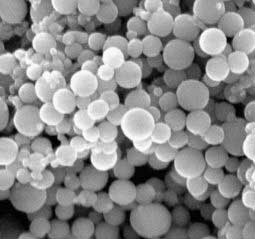
Tuesday, December 18, 2018
Carbon nanopowder could help cut CO2 emissions
Assessing the promise of gallium oxide as an ultrawide bandgap semiconductor
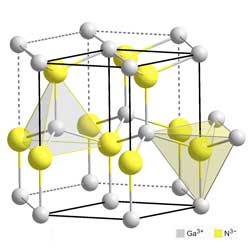
Disordered crystals are promising for future battery technology
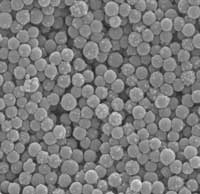
Highly scalable process to obtain stable 2D nanosheet dispersion
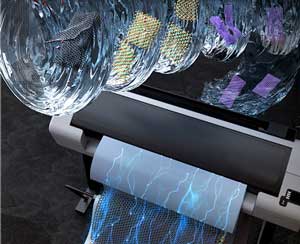
Magnetoresistance ratio enhancement in Heusler-based alloy opens the door to highly sensitive magnetic field sensors
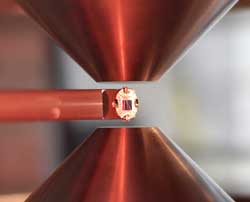
Natural nanofibres made of cellulose
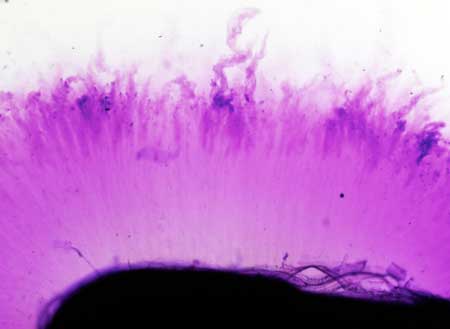
Carbon nanotubes mime biology
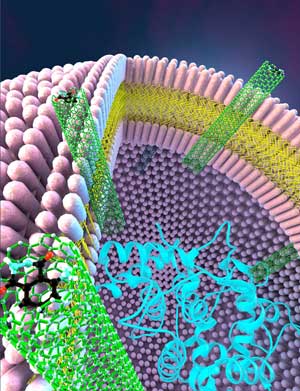
New megalibrary approach proves useful for the rapid discovery of new nanomaterials
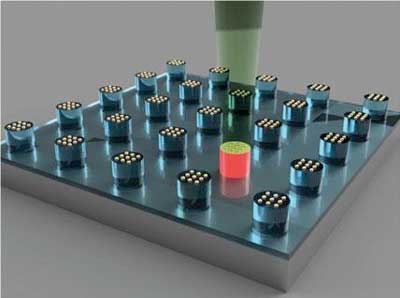
Machine-learning research unlocking molecular cages' energy-saving potential
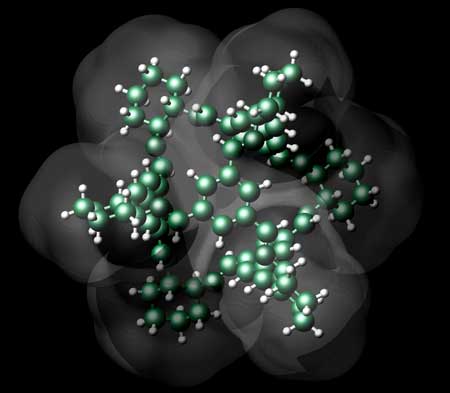
Scientists develop a new method to revolutionise graphene printed electronics

Technique allows integration of single-crystal hybrid perovskites into electronics
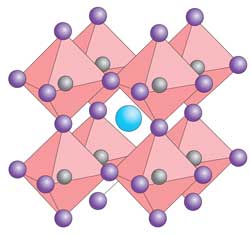
Graphene's magic is in the defects
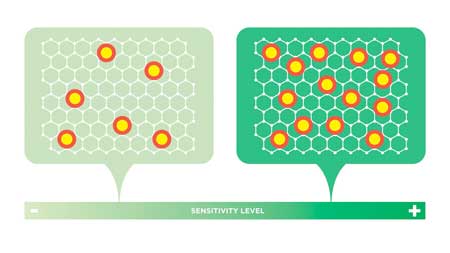
Subscribe to:
Comments (Atom)
